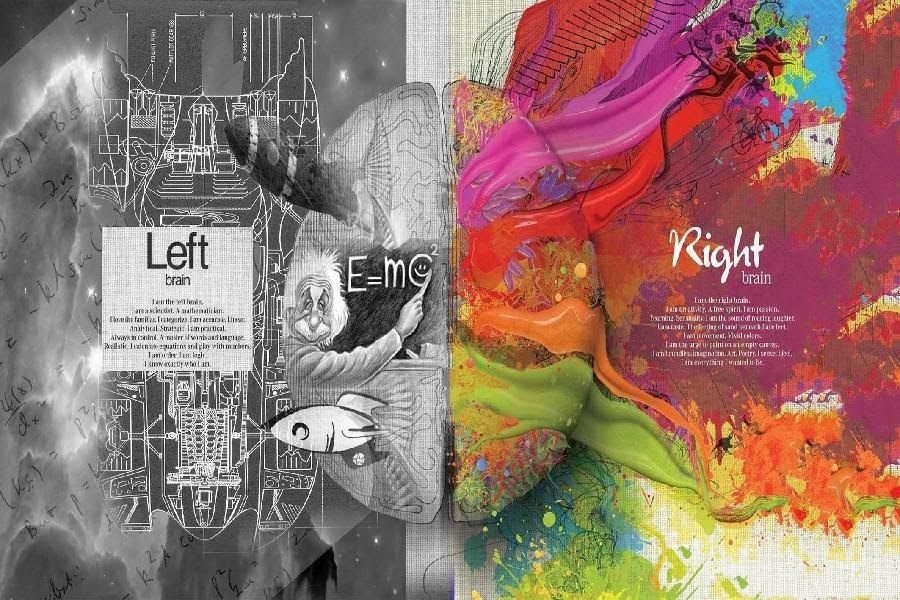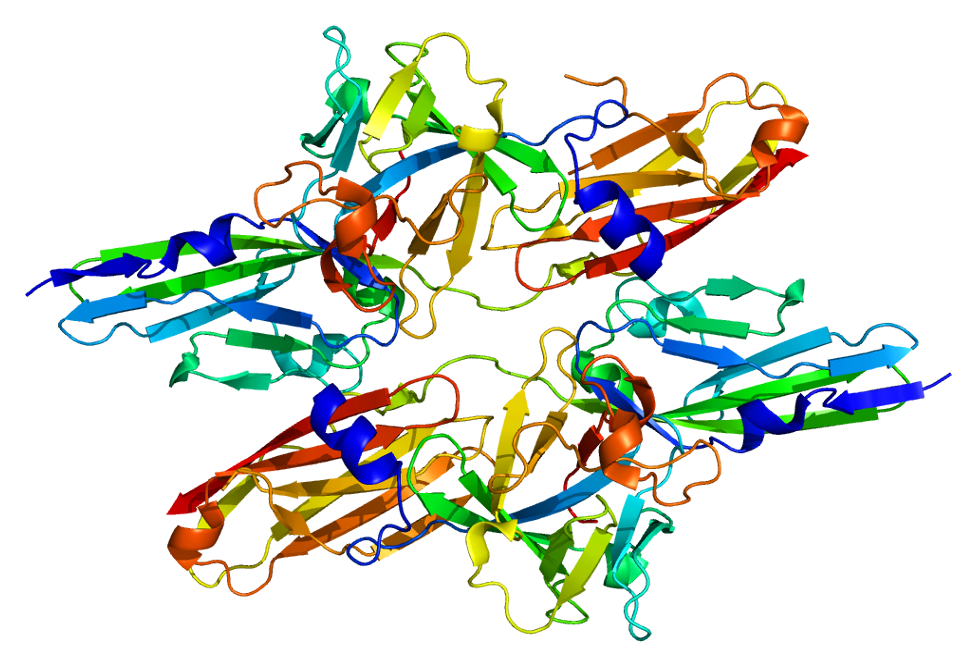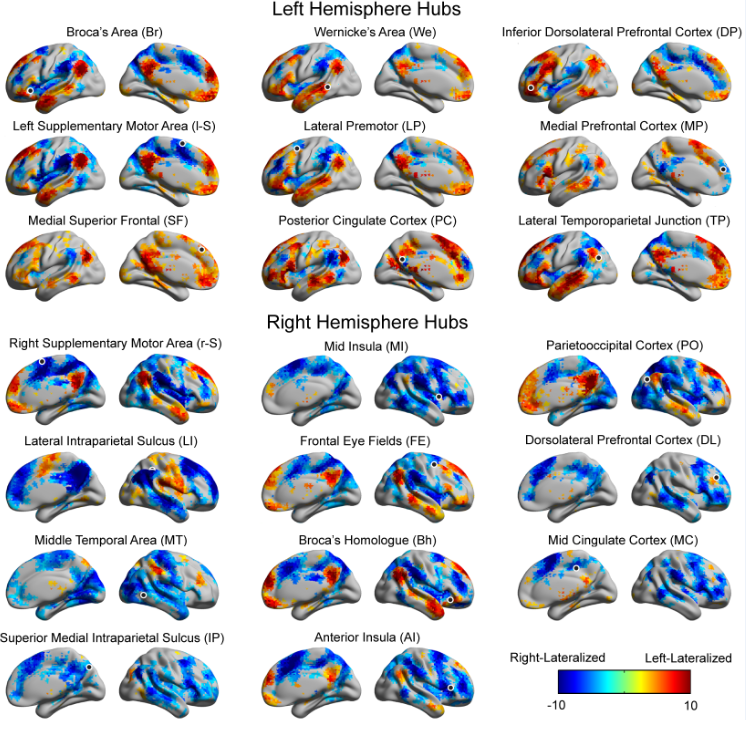Left and right-brained characteristics and striving for dominance
Joan Joe. 11/13/2020

If you are like me, we belong to the 90 percent of the world’s population of right-handed people. This is in fact genetically determined although it isn’t clear why our evolution has led to more righties than lefties. It is a major belief that lefties and righties are right and left brained respectively. According to a new research, the idea of people being either left or right brained may not be as fixed as we thought.
It is a widely acknowledged fact that most animals have an anatomically and functionally asymmetric brain. While some of the differences are learned others are inherited.
It may be a random assignment of which side of the brain is dominant but a spectrum of possibilities that are available indicates that there might be something more than just randomness working.
Studies conducted on zebrafish embryos about their developing brain suggest that there might be a fight of dominance between the hemispheres. Researchers have known that neurons migrate long distances in a developing brain. It is controlled by a gene called fibroblast growth factor 8 (FGF8). It creates a protein and the protein acts as a magnet to attract nerve cells to one hemisphere of the brain.
The absolute differences in the number of cells are very less but what differ are the types of neurons on left and right and in their connections. Both sides of the brain contain FGF8, leading to a tug-of-war to attract certain migrating nerve cells. But this is an unfair fight. FGF8 in the left-brain as an ally, another protein, called Nodal, is present only on the left side of the brain. When it teams up with FGF8, the pair wins, causing a predictable pattern of neuron connections in the left hemisphere that helps to explain why there is consistent handedness between individuals.

The decision to become right-brained or left-brained is due to a competition between the two sides of the brain. If the competition was fair and equal, then half the population would be left-brained and half would be right-brained. However there are signals on the left side of the brain that give it an advantage so in most cases it wins.
Most of the right handers process language in their left hemisphere. At the same time many of the left handed people also have the language proficiency localized to the left. Some people throw a ball right-handed but write with the left. Others have a certain preference for which arm goes on top when folded. Others have a dominant eye.
Some of these asymmetries might be genetically determined, some may be reinforced by behavior and some might be randomly assigned based on one or more tug-of-war battles between the two sides of the brain.
In theory the people being left or right brained is just an indication of which side of their brain is more dominant. This theory became known thanks to the psychobiologist and Nobel Prize winner Roger W. Sperry in the 1960s. The left brain is more analytical, verbal, logical and orderly than the right brain. The right brained thinkers are known to be more creative free thinkers. The left brained people may give more attention to details and rule by logic. There’s a long-standing myth, related to Rocky Balboa’s heroics in the ring, that left-handers (who have always made up 10 to 12 percent of the human population) are better fighters. True or not, handedness might be tied to a war of sorts, in the brain.
It is true that some of the functions reside on one part of the brain more than others. Damage to the front part of the brain is linked with reduced motivation, difficulty planning, and impaired creativity.
Meanwhile, the back of the brain (the occipital cortex) integrates visual information from the eye. Damage to this area can cause partial or complete blindness. These are just a few examples of how certain parts of the brain appear responsible for specific functions. Much of our knowledge in this area comes from the study of so-called split brain patients. So, location does matter.

But for individual creativity there has been little or no evidence that dominance plays a role. In fact if you take an MRI scan, a CT scan, etc of a mathematician and an artist, it is very unlikely that you would find much difference. Math, for example, requires logical thought and, thus, is generally said to reside in the left brain, far away from all those artsy right-brain abilities. But mathematics is a profoundly creative endeavor in addition to being a logical one.
So why is this myth popular? It may be because it gives us a scientific way to talk about our favorite subjects – ourselves.

Joan is a freshman in St. Antony’s Public School, India. She is intrigued by psychology and neuroscience and aspires to join research in neuroscience and STEM-related works. She hopes to help others pursue their passion for STEM through her platform. In her free time, she plays the piano, sings, and loves to read Dan Brown’s books.